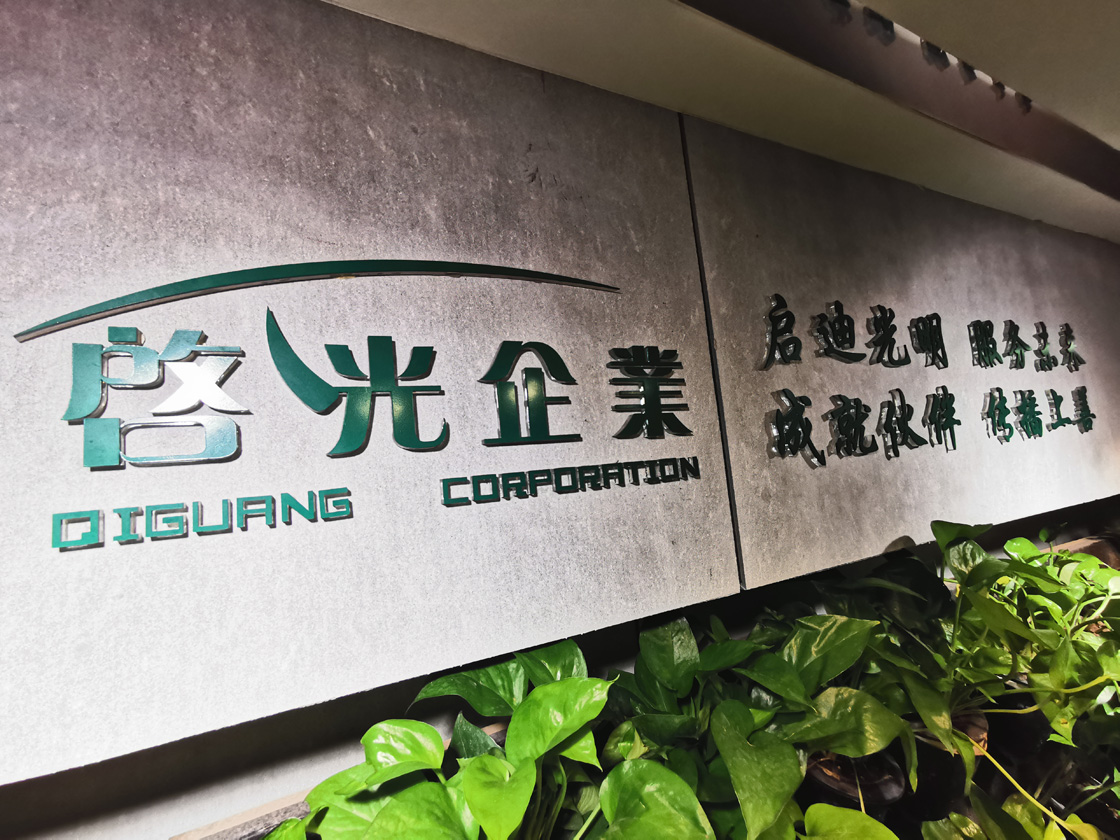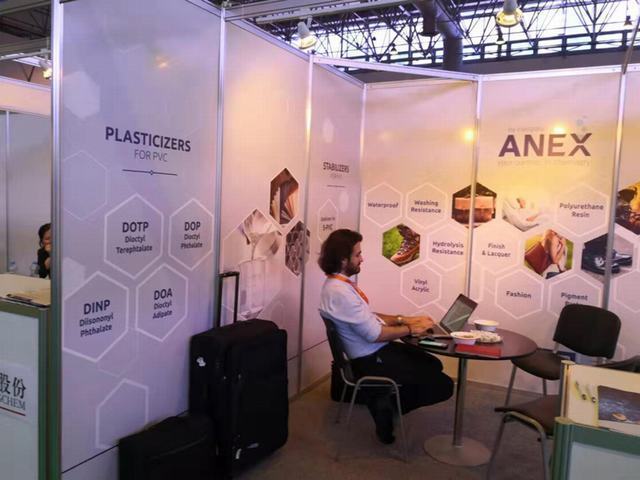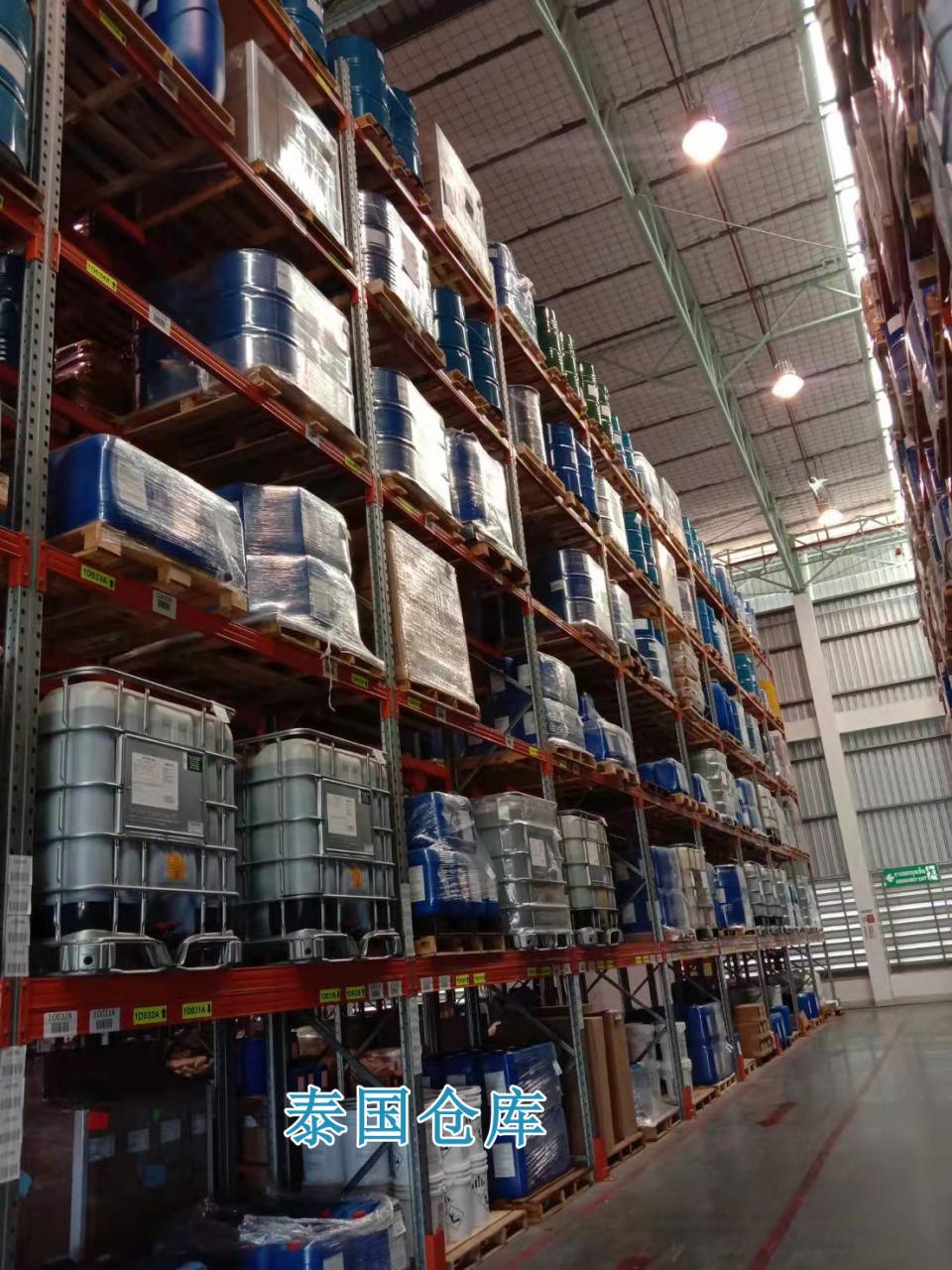1
Accidents and problems encountered in actual foam production are diverse, and each production accident is caused by multiple factors. In the analysis of accidents caused by complex factors, it is generally difficult to list all influencing factors and the main factors that really play a role. Below is a summary of some frequently encountered accidents and their causes.

1. Focus center (the temperature of the reaction center exceeds the antioxidant temperature of the raw material)
(1) There are problems with the quality of polyether polyols: During the production, storage and transportation process, the moisture content in the product exceeds the standard, the content of peroxides and low-boiling point impurities is too high, the concentration of metal ions is too high, and the types and types of antioxidants are used. Improper concentration;
(2) Formula: In the low-density formula, the TDI index is too high, the ratio of water and physical foaming agent in the foaming agent is inappropriate, the physical foaming dose is too small, and the water is excessive;
(3) Climate impact: The temperature is high in summer, heat dissipation is slow, the material temperature is high, the air humidity is high, and the reaction center temperature exceeds the antioxidant temperature;
(4) Improper storage: When the TDI index increases, the heat energy accumulated during post-curing increases, which may cause the internal temperature to rise and cause stress.
2. Large compression deformation
(1) Polyether polyol: functionality less than 2.5, ethylene oxide ratio greater than 8%, many small molecular components, unsaturation greater than 0.05mol/kg;
(2) Process conditions: The reaction center temperature is too low or too high, the post-curing is not good, the reaction is not complete or there is partial scorching;
(3) Process formula: TDI index is too low, silicone oil stannous octoate is excessive, foam ventilation is low, and closed cell rate is high.
3. The foam is too soft (hardness decreases at the same density)
(1) Polyether polyol: low functionality, low hydroxyl value, high relative molecular mass;
(2) Process formula: The amount of stannous octoate is small, and the gel reaction speed is slow. When the amount of tin is the same, the amount of water is small, the physical foaming agent is more, the silicone oil activity is high, the dosage is large, and the TDI index is low.

4. Large cells
(1) Poor mixing; uneven mixing, short milky period;
(2) Process formula: The dosage of silicone oil is lower than the lower limit, the dosage of stannous octoate is small, the activity is poor, and the gel speed is slow.
5. Higher than the set density
(1) Polyether polyol: low activity, large relative molecular mass;
(2) Process formula: The dosage of silicone oil is lower than the lower limit, the TDI index is low, and the foaming index is low;
(3)Climate conditions: low temperature and high air pressure.
6. Collapse of foam holes (gas generation speed is greater than gel speed)
(1) Polyether polyol: acid value seriously exceeds the standard, many impurities, low activity, and large relative molecular weight;
(2) Process formula: The amount of amine is high and the amount of tin is small, the TDI index is low. At the same amount of tin, the TDI index is too high, the gas generation speed is greater than the gel speed, the skeleton strength is small and collapses or local holes appear.
2
1. High closed cell ratio
(1) Polyether polyol: high proportion of ethylene oxide, high activity, often occurs when replacing polyether polyols with different activities;
(2) Process formula: high dosage of stannous octoate, high isocyanate activity, large degree of cross-linking, fast cross-linking speed, too much amine and physical foaming agent
As a result, the internal pressure of the foam is low. When the foam elasticity is high, cells cannot be opened. When the TDI index is too high, the closed cell rate will be high.
2. Shrinkage (gel speed is greater than foaming speed)
(1) The closed cell ratio is high and shrinks when cooling;
(2) Process conditions: low temperature, low material temperature;
(3) Process formula: excessive silicone oil, excessive physical foaming agent, and TDI index is too low.
3. Internal fissure
(1) Process conditions: low temperature, high reaction center temperature;
(2) Process formula: low TDI index, more tin, high early foaming strength;
(3) Silicone oil has high activity and low dosage.
4. Capping (unbalanced speed of air-generating gel)
(1) Process conditions: low temperature, low material temperature;
(2) Process formula: Insufficient amount of catalyst, small amount of amine, and poor quality of silicone oil.
5. Cracked bottom corners (too much amine is used and the foaming speed is too fast)
Large pores on the surface: the physical foaming dose is too large, and the quality of silicone oil and catalyst is poor.
6. Foam has poor low-temperature performance
Polyether polyols have poor intrinsic quality. With the same hydroxyl value, low functionality, high degree of unsaturation, and the same amount of tin, the TDI index is low.

7. Poor ventilation
(1)Climate conditions: low temperature
(2) Raw materials: high polyether polyol and high activity of silicone oil;
(3) Process formula: more tin, or less water and amine content when the amount of tin is the same, the TDI index is high.
8. Poor resilience
(1) Raw materials: polyether polyol has high activity, small relative molecular weight, and silicone oil has high activity;
(2) Process formula: large amount of silicone oil, large amount of tin, more water at the same amount of tin, high TDI index
3
1. Poor tensile strength
(1) Raw materials: too many low molecular weight polyether polyols and low functionality with the same hydroxyl value;
(2) Process formula: less tin will not react well with the gel. When the same amount of tin is used, the TDI index will be high and the cross-linking degree will be low if there is less water.
2. Smoke occurs when foaming
Excessive amine causes water to react with TDI to release a large amount of heat, and low-boiling point substances evaporate and smoke. If it is not anxious, most of the smoke is composed of TDI,
Low boiling point substances and monomer cycloalkanes in polyether polyols.
3. Foam with white tendons
The reaction speed of foaming and gelling is fast, and the transfer speed is slow in continuous foaming. Local extrusion will produce a dense layer, resulting in white veins. Should
In time, increase the transfer speed, or lower the material temperature and reduce the amount of catalyst.

4. Crispy foam
There is too much water in the formula, and most of the biuret produced is not dissolved in the silicone oil. The tin catalyst is poor, the cross-linking reaction is insufficient, and the polyurethane has a small relative molecular weight
The ether polyol content is too high, the reaction temperature is too high, and the ether bonds are broken, which reduces the foam strength.
5. Foam density is lower than the set value
The foaming index is too large due to inaccurate measurement, high temperature and low air pressure.
6. Foam has bottom skin, edge skin, and bottom cavitation
There is less tin polyamine, the foaming speed is slow, the gel speed is fast, and the temperature is too low during continuous foaming.
7. Large elongation
(1) Raw materials: polyether polyol has high activity and low functionality;
(2) Process formula: low TDI index, insufficient cross-linking, too much tin, and too much silicone oil;
(3)High temperature